Shetland Sheepdog Dog Breed Information
| Country of Origin | Scotland |
| Nicknames and Other Names | Shetland Sheepdog Dwarf Scotch Shepherd Sheltie |
| Scientific Name | Canis lupus familiaris |
| Breed Type | Purebred |
| Group | Working Group Herding Group |
| Bred For | Herding ponies, poultry, |
| Size | Small-sized |
| Recognized By | AKC, FCI, UKC, NZKC, CKC, KC, ANKC |
| Life Span | 12-14 years |
| Ideal Weight | 15-25 pounds (male and female) |
| Ideal Height | 13-16 inches (male and female) |
| Fur Type | Double-coat, long, straight, harsh fur, soft, short undercoat |
| Common Colors | Black and White, Blue Merle White and Tan, Sable and Tan, Black White and Tan |
| Markings | None |
| Availability | Widely available |
| Achievements | Sixth intelligent breeds according to the AKC |
| Suitable for Apartments | Yes |
| Used in World War | No |
| Most Similar To | Collie |
Shetland Sheepdog shortly known as Shelties are often recognized for their gentle, loyal, and sweet temperament. They are very popular watchdogs which like to be engaged in every family functions.
The Shelties Sheepdogs are very active ones who like to keep busy. They are adjustable in small homes as well and content to lie around alone all day, and requires regular exercise.
Origin & History Of Shelties Sheepdogs
Shetland Sheepdogs are a small dog breed which looks like Miniature Rough Collie at first glance and are often confused with Miniature Collies; as they share the same ancestor.
Shetland Sheepdogs were originated in the Shetland Islands of Scotland. They were bred by farmers to herd sheep, ponies, and poultry.
The Shetland Sheepdog was developed by crossing the larger Rough Collie of that time with other islands dogs including small herding breeds and Spaniels. It is believed that they were developed around 1700.
The Shetland Sheepdogs were first recognized by the Kennel Club ( England), in 1909 as Shetland Collies. But soon after that, their name was changed to Shetland Sheepdog.
The AKC registered the Shetland Sheepdog as their first bright and obedient breed in 1911.
Are They Child-Friendly?
Shetland sheepdogs get well with kids as they are very playful and enjoy playing interactive outdoor games. They are very submissive and energetic.
They have a tendency to nip at moving objects, whether it can be your child, therefore, supervision is must while interacting with children for both safeties.
Temperament, Personality and Behavior
The temperaments of Shetland S
The Shetland S
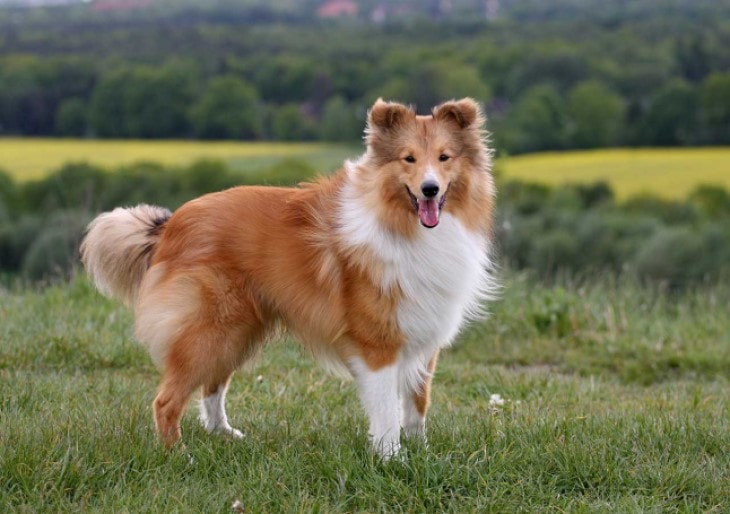
Image Via Doglearn
The Shetland sheepdog does not possess stubborn or snappy temperament. If you are planning to have one of this dog, then it’s important to ensure that they are getting plenty of socialization in time.
Trainability
The Shetland Sheepdogs are highly trainable dogs and known to be quick learners and enjoys learning new tricks and training. Exciting treats and praise should be given as motivation during their training sessions
Facts
Facts about Shetland Sheepdogs are:
- Shetland Sheepdogs are one of the most successful obedience breeds.
- Present Shetland sheepdogs are not used as a herding dog in the Shetland Islands. The breed is not common in the Shetlands Islands today.
- The mother of the first AKC Shetland Sheepdog Champion was a Rough Collie.
Health Issues
| General Health | Healthy |
| Common Health Issues | Cancer, Haemophilia, Heart Problems, Patellar Luxation, Trichiasis, Cataracts, Collie Eye Anomaly |
| Hypoallergenic | No |
| Vaccination Required | Leptospirosis, Rabies, Canine Distemper, Canine Parainfluenza, Kennel Cough, Canine Coronavirus, Canine Parvovirus |
| Shedding | Moderate Shedder |
| Drooling | Low Drooler |
| Grooming | Professional Grooming Required |
| Weight Gain Potential | Average |
| Separation Anxiety | High Chance |
| Allergies | None |
| Diets and Supplements | Protein: 25% Fat: 10% Gucosamine Omega-3 and 6 Fatty Acids Digestive Enzymes |
Shelties are basically a healthy dog breed, but like other dog breeds they also prone to some health disorders, such as:
- Patellar Luxation (Kneecap Dislocation): It is more common in small and toy breeds, in this the knee cap floats out of position.
- Hip Dysplasia: A genetic abnormality that generally occurs in large dogs.
- Scleral Ectasia (Collie Eye): An inherited health problem which prevents the eyes from developing properly in the womb.
- Von Willebrand’s Disease: An inherited bleeding disorder which prevents the blood from clotting normally. It’s like hemophilia in humans.
Color
Shetland Sheepdogs are generally found in seven color patterns:
- Merle
- Blue Marle
- Tri-color
- Sable White
- Black & White
- Black & Tan
- Sable
Puppies
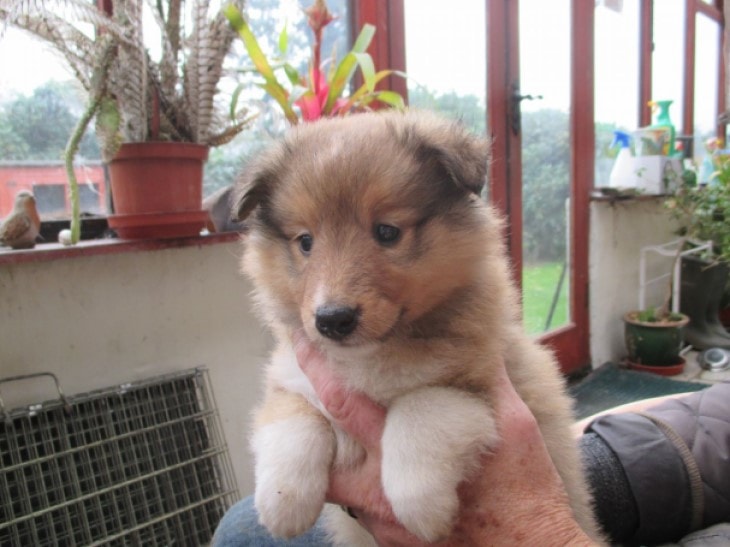
The Shetland Sheepdogs generally give birth 4-6 puppies at a time. If you are planning to own of these breed, then you need to make sure that you will be able to give them enough time and attention as they are very devoted to their family members. A Shetland Sheepdogs will cost you up to $800-$1000 USD .
Which Dogs Are They Similar To?
Dogs similar to Shetland Sheepdogs are:
- Collie
- Border Collie
- Australian Shepherd
- Miniature American Shepherd
- Icelandic Sheepdog.
Visit Doglime For More Dog Breed Information.
Tags
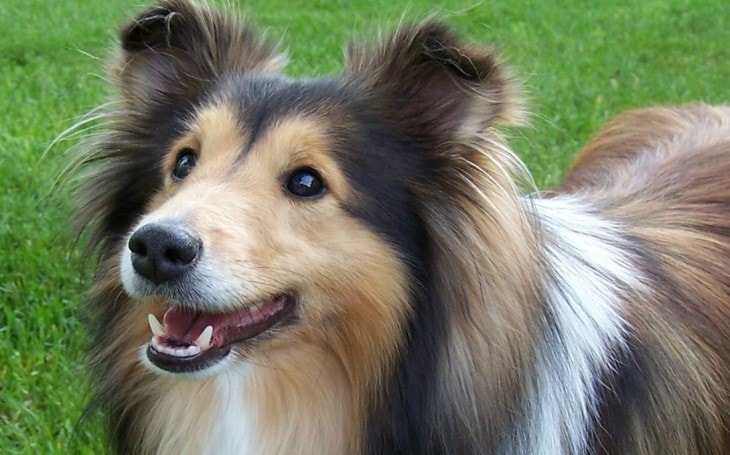

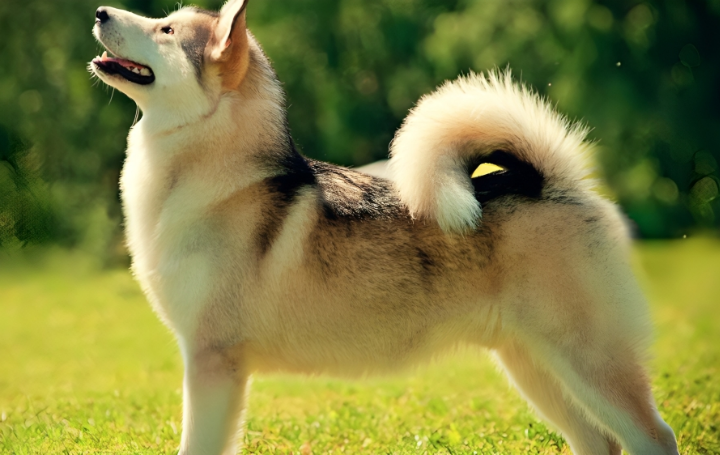
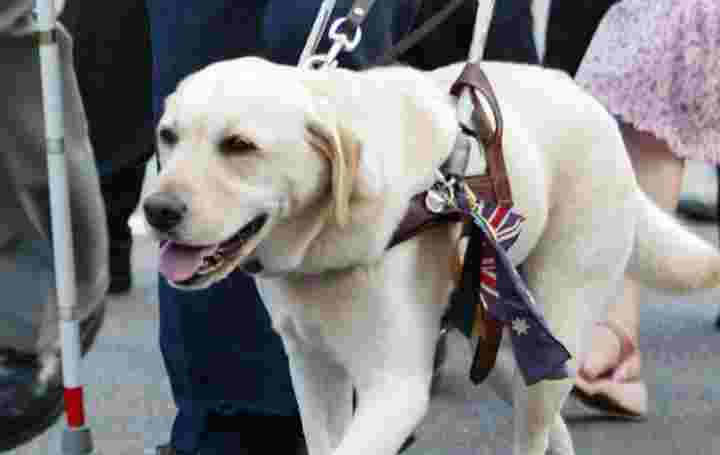
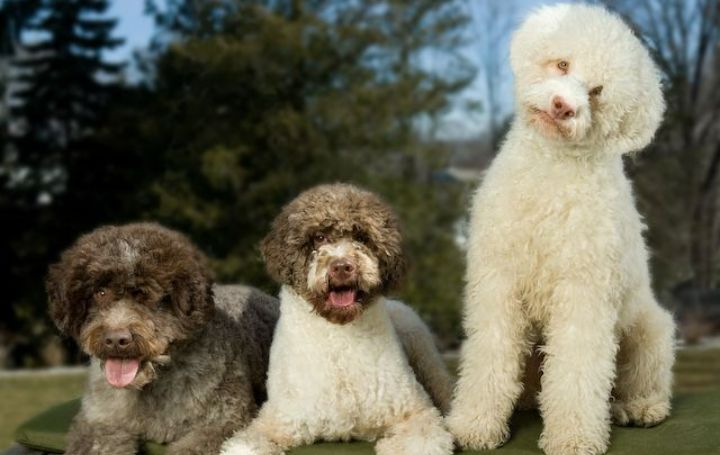
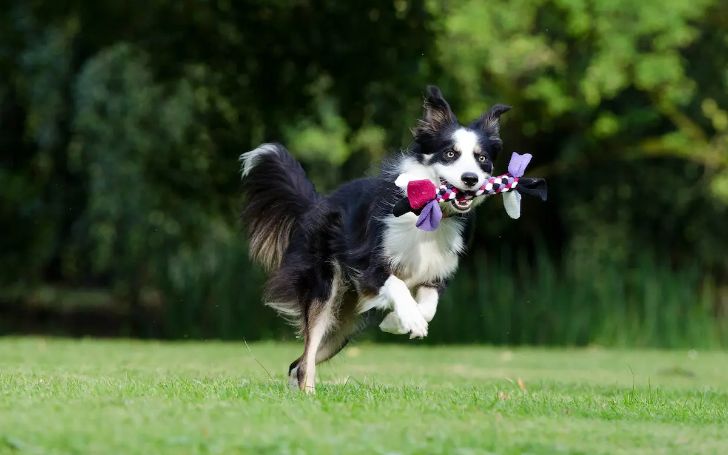
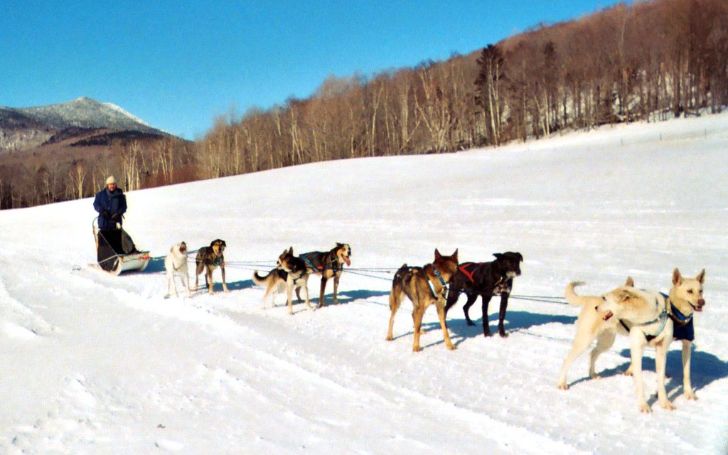
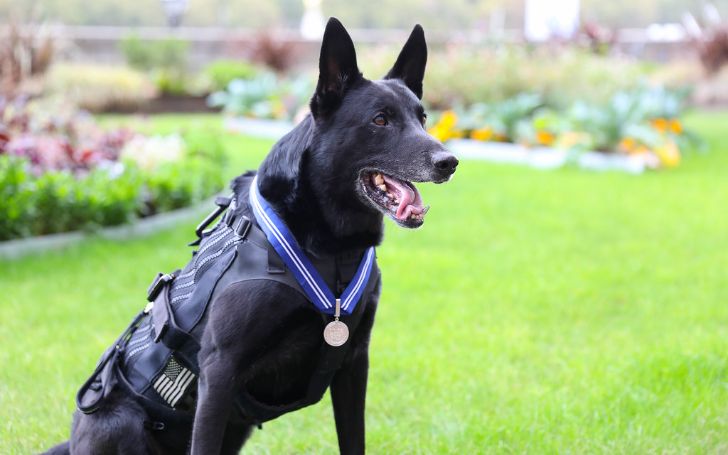

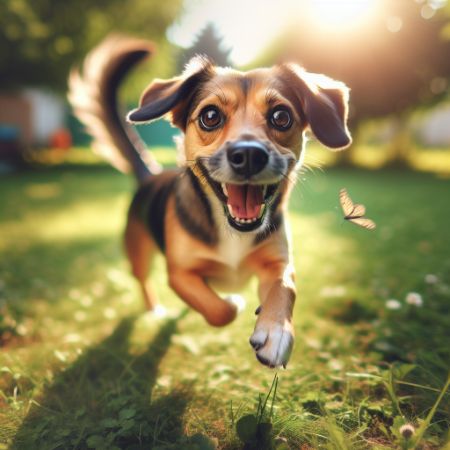

One thought on “Shetland Sheepdog Dog Breed Information”